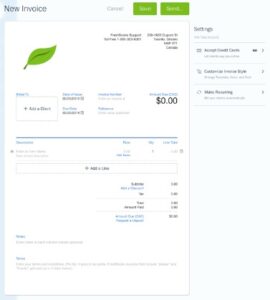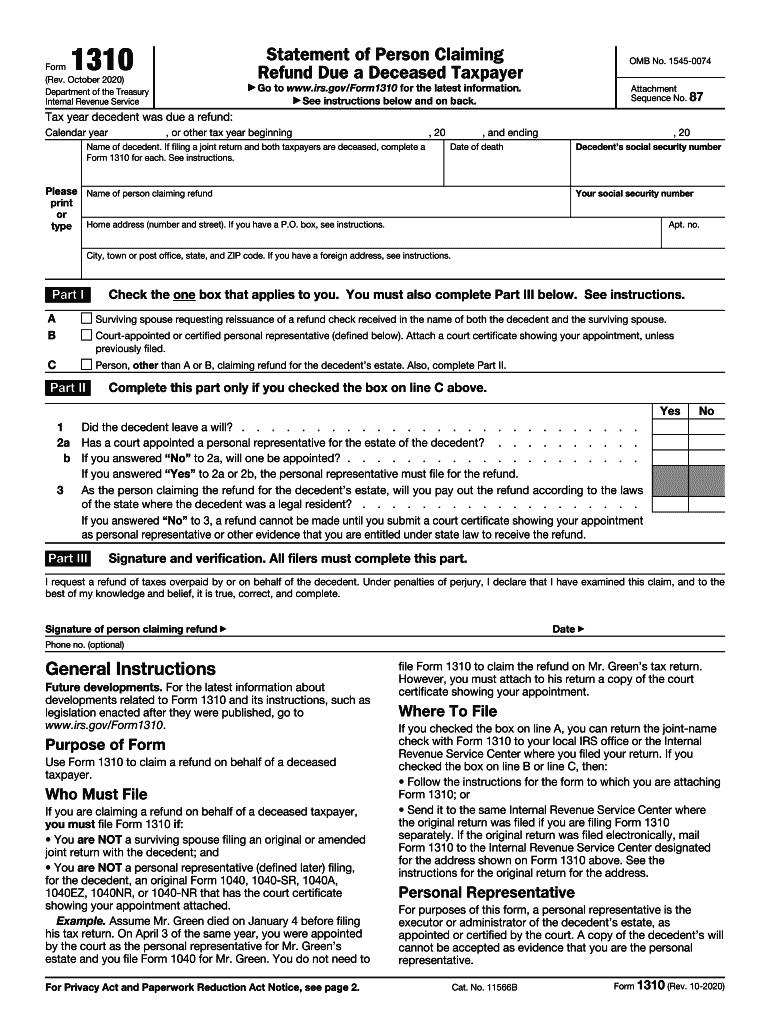
We’ll explore the definition of bank reconciliation, why it’s important, and a step-by-step process for performing bank reconciliations. We’ll also look at common sources of discrepancies between financial statements and bank statements to help you identify fraud risks and errors. Performing regular bank reconciliations is key to keeping on top of your company’s financial health and paving the way for sustainable business growth. For smaller companies, it’s common to reconcile bank statements during the monthly or quarterly close process.
After adjusting the balances as sample chart of accounts for a small company per the bank and as per the books, the adjusted amounts should be the same. If they are still not equal, you will have to repeat the process of reconciliation. Deposits in transit are amounts that are received and recorded by the business but are not yet recorded by the bank. If not, you’re most likely looking at an error in your books (or a bank error, which is less likely but possible). If you suspect an error in your books, see some common bank reconciliation errors below.
We and our partners process data to provide:
- There’s nothing harmful about outstanding checks/withdrawals or outstanding deposits/receipts, so long as you keep track of them.
- If you have access to online banking, you can download the bank statements when conducting a bank reconciliation at regular intervals rather than manually entering the information.
- Ideally, you should run a reconciliation each time you receive the statement from your bank.
- Accountants spend a lot of time on this step to ensure the checks are thorough and even minute errors are spotted.
For the most part, how often you reconcile bank statements will depend on your volume of transactions. If you use the accrual system of accounting, you might “debit” your cash account when you finish a project and the client says “the cheque is going in the mail today, I promise! Then when you do your bank reconciliation a month later, you realize that cheque never came, and the money isn’t in your books (even though your bookkeeping shows you got paid). When they draw money from your account to pay for a business expense, they could take more than they record on the books. If you do your bookkeeping yourself, you should be prepared to reconcile your bank statements at regular intervals (more on that below). If you work with a bookkeeper or online bookkeeping service, they’ll handle it for you.
Create a free account to unlock this Template

We’re going to look at what bank statement reconciliation is, how it works, when you need to do it, and the best way to manage the task. However, you typically only have a limited period, such as 30 days from the statement date, to catch and request correction of errors. All of your bank and credit card transactions automatically sync to QuickBooks to help you seamlessly track your income & expenses. Once you’ve completed the balance as per the bank, you’ll then need to work out the balance as per the cash book.
Consider These 9 Odoo Competitors for Your Business
This is due to the time delay that occurs between the depositing of cash or a check and the crediting of it into your account. The Transaction Matching software utilizes AI to discover and configure matching rules, enabling automatic line-level transaction matching between different data sources. Next, prepare the business records, which can be maintained on a software tool or manually on a spreadsheet. Compare the balance sheet’s ending balance with the bank statement’s ending balance.
If the charges are not from your bank, the bank can also help you identify the source so that you can prevent any fraud or theft risk. Bank reconciliation isn’t just important for maintaining accurate business finances—it also ensures your customer and business relationships remain strong. Regular bank reconciliation double-checks that all payments have been accurately processed. This includes payments by customers to your company and payments from your company to employees, contractors, and other goods and services providers. Performing immediate bank reconciliations for large cash amounts or suspicious transactions further increases your ability to catch fraud and error.
What are the three methods of preparing bank reconciliation?
You’ll need to adjust the closing balance of your bank statement in order to showcase the correct amount of withdrawals or any checks issued that have not yet been presented for payment. At times, the balance as per the cash book and passbook may differ due to an error committed by either the bank or an error in the cash book of your company. It is important to note that it takes a few days for the bank to clear the checks. This is especially common in cases where the check is deposited at financing activities a different bank branch than the one at which your account is maintained, which can lead to the difference between the balances. After adjusting all the above items, you’ll end up with the adjusted balance as per the cash book, which must match the balance as per the passbook.
He also finds $500 of bank service fees that hadn’t been included in his financial statement. Compare the passive v non passive income business’s financial records to the bank statement to spot the errors. This can be accomplished by matching transactions, and then adding or deducting any transactions that do not align to balance the total amounts. There are bank-only transactions that your company’s accounting records most likely don’t account for. To reconcile means to “make one view or belief compatible with another.” In accounting, that means making your account balances equal to one another. More specifically, a bank reconciliation means balancing your bank statements with your bookkeeping.
This can range from one-off errors such as calculation mistakes or double payments to major concerns like theft and fraud. A bank reconciliation compares a company’s cash accounting statements against the cash it has in the bank. A bank reconciliation is used to detect any errors, catch discrepancies between the two, and provide an accurate picture of the company’s cash position that accounts for funds in transit. You’ll need a few items to perform a bank reconciliation, including your bank statement, internal accounting records, and a record of any pending cash transactions (either inflows or outflows). Using cloud accounting software, like Quickbooks, makes preparing a reconciliation statement easy. Because your bank account gets integrated with your online accounting software, all your bank transactions will get updated automatically and each item will be matched with your books of accounts.







